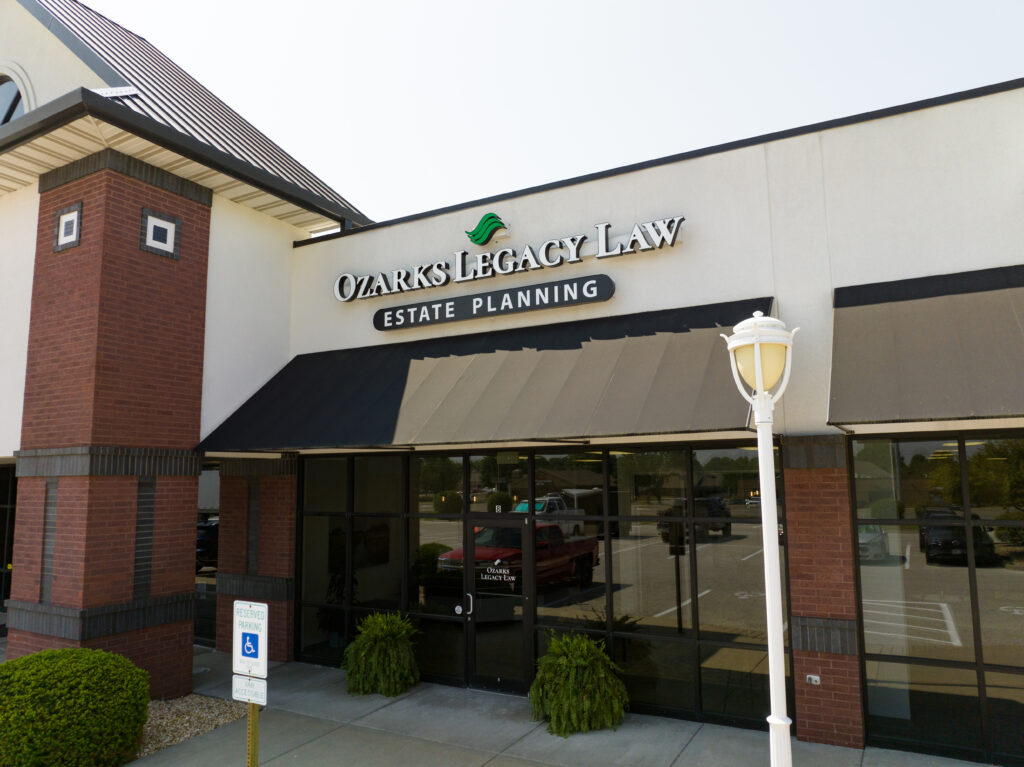A charitable trust can provide an alternative to meeting your wishes for charities and your loved ones, while serving to minimize tax liabilities. There are pros and cons to consider, according to a recent article titled “Here’s how to create a charitable trust as part of an estate plan” from CNBC. Many families are considering their tax planning for the next few years, aware that the individual income tax provisions of the 2017 Tax Cuts and Jobs Act will expire after 2025.
Creating a charitable trust may work to achieve wishes for charities, as well as loved ones.
A charitable trust is a set of assets, usually liquid, that a donor signs over to or uses to create a charitable foundation. The assets are then managed by the charity for a specific period of time, with some or all of the interest the assets produce benefitting the charity.
When the period of time ends, the assets, now called the remainder, can go to heirs, or can be donated to the charity (although they are usually returned to heirs).
There are pros and cons to Charitable Remainder Trusts and Charitable Lead Trusts. Your estate planning attorney will determine which one, if any, is appropriate for you and your family.
A charitable trust allows you to give generously to an organization that has meaning to you, while providing an equally generous tax break for you and your heirs. However, to achieve this, the charitable trust must be irrevocable, so you can’t change your mind once it’s set in place.
Charitable trusts provide a way to ensure current or future distributions to you or to your loved ones, depending on your unique circumstances and goals.
A Charitable Remainder Trust, or CRT, provides an income stream either to you or to individuals you select for a set period of time, which is typically your lifetime, your spouse’s lifetime, or the lifetimes of your beneficiaries. The remaining assets are ultimately distributed to one or more charities.
By contrast, the Charitable Lead Trust (CLT) pays income to one or more charities for a set term, and the remaining assets pass to individuals, such as heirs.
For CRTs and CLTs, the annual distribution during the initial term can happen in two ways; a Unitrust (CRUT or CLUT) or an Annuity Trust (CRAT or CLAT).
In a Unitrust, the income distribution for the coming year is calculated at the end of each calendar year and it changes, as the value of the trust increases or decreases.
In an Annuity Trust, the distribution is a fixed annual distribution determined as a percentage of the initial funding value and does not change in future years.
Interest rates are a key element in determining whether to use a CLT or a CRT. Right now, with interest rates at historically low levels, a CRT yields minimal income.
The key benefits to a CRT include income tax deductions, avoidance of capital gains taxation, annual income and a wish to support nonprofit organizations.
 Reference: CNBC (Dec. 22, 2020) “Here’s how to create a charitable trust as part of an estate plan”
Reference: CNBC (Dec. 22, 2020) “Here’s how to create a charitable trust as part of an estate plan”
Suggested Key Terms: Charitable Remainder Trusts, Lead, Unitrust, Annuity, Capital Gains, Nonprofit Organizations, Charity, Foundation, Remainder, Estate Planning Attorney





